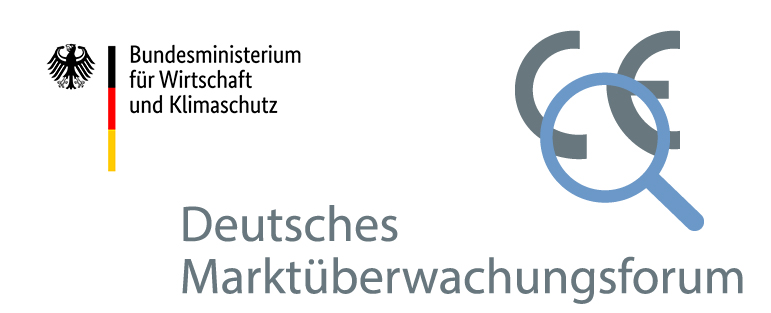Growth in renewable energy in 2024
Year of issue 2025
Date of issue 2025.01.08
The Bundesnetzagentur has released its preliminary figures on growth in renewable electricity generation capacity in 2024. Renewable installed capacity increased by nearly 20 gigawatts (GW) to a total of just under 190 GW. This represents a year-on-year increase of 12%. The increase is mainly accounted for by solar and wind.
Dr Robert Habeck, Federal Minister for Economic Affairs and Climate Action: "We can already see the effects of swift expansion. Renewables have taken over the main role in electricity generation in Germany, accounting for 254.9 terawatt hours and so almost 60% of the total amount of electricity generated in the country. At the same time, generation from coal was at its lowest for decades. We have made good progress in simplifying and accelerating approval procedures over the last two years. This is now bearing fruit and speeding up expansion and approvals considerably. Our approvals are paving the way for dynamic growth in the future. We are well on course. The energy transition is making headway. This means we are less dependent on fossil fuel imports and is good for our climate."
"The boom in solar photovoltaics is continuing. Growth in capacity in 2024 exceeded the most recent record set in 2023. These investments are helping to drive the energy transition forward,
" said Klaus Müller, President of the Bundesnetzagentur. "The approvals issued in 2024 for nearly 15 gigawatts of onshore wind capacity give me cause for optimism. They will enable stronger growth in capacity in the next few years."
Solar
Growth in solar capacity in 2024 amounted to 16.2 GW, which was again slightly higher than in the previous year. Two thirds of the new capacity was installed on rooftops or buildings and one third on larger areas. Bavaria had the most new solar capacity in 2024, with 4.0 GW. Germany’s current largest solar installation, located in Saxony, went into operation in spring 2024 with a capacity of 162 megawatts (MW). At the end of 2024, installed solar capacity in Germany totalled 99.3 GW.
Solar installations are also frequently combined with battery storage systems. In 2024 there was a slight increase in the average gross capacity of these systems. A large-scale battery storage facility located in Hamm went into operation just before the end of the year with a capacity of 174 MW. Other large-scale facilities that are due to go into operation in 2025 have been pre-registered.
The Bundesnetzagentur registered about 435,000 new plug-in balcony solar panel installations in its core energy market data register in 2024. These account for about 2.6% (0.4 GW) of Germany’s new solar capacity, compared to just 1.5% (0.2 GW) in 2023. The Bundesnetzagentur assumes that the number of such installations is actually higher as presumably not all installations have been registered.
Onshore wind
Growth in onshore wind capacity in 2024 amounted to 2.5 GW, which was lower than in the previous year. This figure comprises new capacity put into operation less capacity taken out of operation. Nearly 0.7 GW of wind capacity was registered as having been finally taken out of operation. In many cases, sites are being repowered with higher-capacity installations. Installed onshore wind capacity totalled 63.5 GW at the end of 2024, with the target for 2030 being 115 GW.
In 2024 approvals for nearly 15 GW of onshore wind capacity were issued – a record figure almost 90% above the capacity approved in 2023 (8 GW). This was the second successive year with a significant increase and means that an increase in the new capacity going into operation can also be expected in the coming years.
Offshore wind
A total of 73 new wind turbines went in operation between May and September 2024. These turbines make up the Baltic Eagle wind farm in the Baltic Sea and the Gode Wind wind farm in the North Sea. In 2024 a total of 0.7 GW of new capacity was put into operation. Growth in offshore wind capacity in 2024 was therefore more than twice as high as the year before. Installed offshore wind capacity in the Baltic and North Seas now amounts to 9.2 GW.
Biomass
Growth in biomass in 2024 was 110 MW, which was about the same as in 2023. Two large biomethane combined heat and power stations located in the Hanover region went into operation each with an electrical and a thermal capacity of 20 MW. A combined heat and power plant in Oberkirch in Baden-Württemberg that was converted from hard coal to biomass in 2024 has the same capacity. Installed biomass capacity now amounts to about 9 GW.
Core energy market data register
The Bundesnetzagentur’s figures for 2024 are based on data from the core energy market data register. The figures for December were estimated. Final figures on growth in capacity in 2024 will be published in mid-January 2025 together with the Bundesnetzagentur’s monthly figures at www.bundesnetzagentur.de/ee-statistik (in German).
The core energy market data register is a comprehensive official register of all electricity generating installations in Germany. All generating installations and battery storage systems connected to the grid must be registered. This covers all installations, with a few exceptions. The Bundesnetzagentur is responsible for operating the register.



